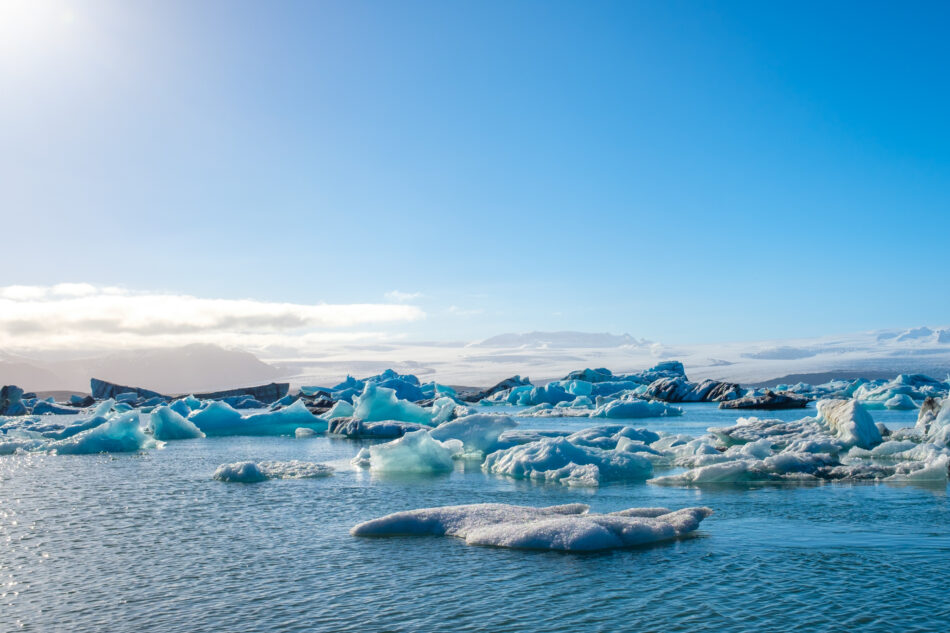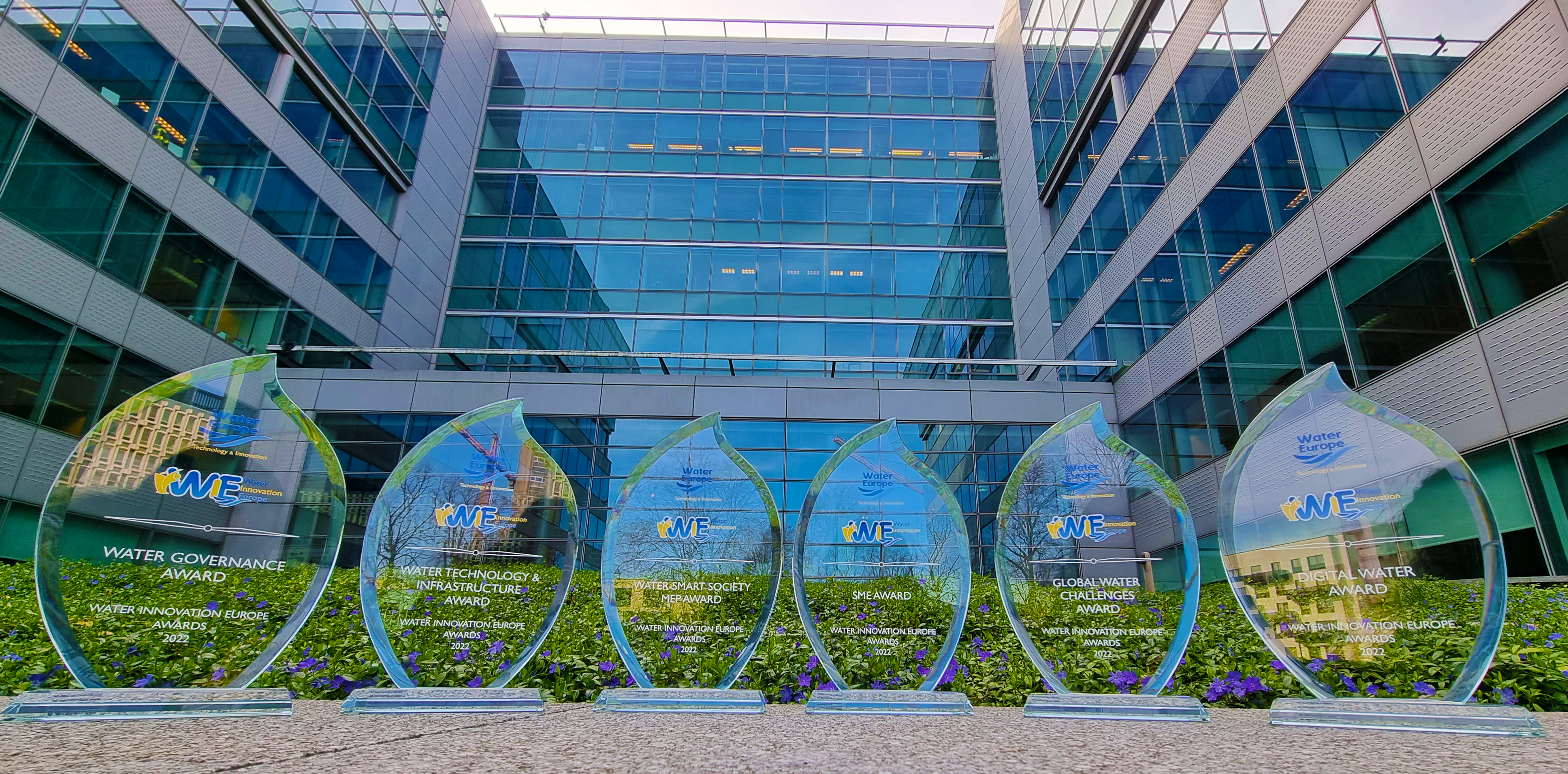Today, the Intergovernmental Panel on Climate Change (IPCC) released its report, during the press conference, for Policymakers of the Working Group I contribution to the Sixth Assessment Report, Climate Change 2021: The Physical Science Basis.
The report is based on 14,000 scientific publications assessed from 65 countries. It already stressed every regions facing increasing changes with a faster warming. “Unless there are immediate, rapid and large-scale reductions in greenhouse gas emissions, limiting warming to close to 1.5°C or even 2°C will be beyond reach.” Going beyond the challenge of CO2 reduction, the report – in its chapter 8 – stresses the current impacts of climate change on water and the future challenges:
– “Modifications of Earth’s energy budget by anthropogenic radiative forcing drive substantial and widespread changes in the global water cycle.
– A warmer climate increases moisture transport into weather systems, which, on average, makes wet seasons and events wetter (high confidence).
– Warming over land drives an increase in atmospheric evaporative demand and the severity of droughts (high confidence).
– Human-caused climate change has driven detectable changes in the global water cycle since the mid-20th century (high confidence)
– Greenhouse gas forcing has driven increased contrasts in precipitation amounts between wet and dry seasons and weather regimes over tropical land areas (medium confidence), with a detectable precipitation increase in the northern high latitudes (high confidence).
– Anthropogenic aerosols have driven detectable large-scale water cycle changes since at least the mid-20th century (high confidence)
– Land-use change and water extraction for irrigation have influenced local and regional responses in the water cycle (high confidence)
– Southern Hemisphere storm tracks and associated precipitation have shifted polewards since the 1970s, especially in the austral summer and autumn (high confidence)”
Paired with the WRI projected 56% deficit in water supply relative to demand by 2030, the future water cycle changes, directly linked to the global warming, confirm the necessity to build a Water-Smart Society to protect, maintain and make resilient our water infrastructures to ensure water availability for all with the right quality:
– “Without large-scale reduction in greenhouse gas emissions, global warming is projected to cause substantial changes in the water cycle at both global and regional scales (high confidence).
– Increased evapotranspiration due to growing atmospheric water demand will decrease soil moisture over the Mediterranean, southwestern North America, south Africa, southwestern South America, and southwestern Australia (high confidence).
– Water cycle variability and extremes are projected to increase faster than average changes in most regions of the world and under all emission scenarios (high confidence).
– There are contrasting projections in monsoon precipitation, with increases in more regions than decreases (medium confidence).
– Precipitation associated with extratropical storms and atmospheric rivers will increase in the future in most regions (high confidence).
– The seasonality of precipitation, water availability and streamflow will increase with global warming over the Amazon (medium confidence) and in the subtropics, especially in the Mediterranean and southern Africa (high confidence)”.




